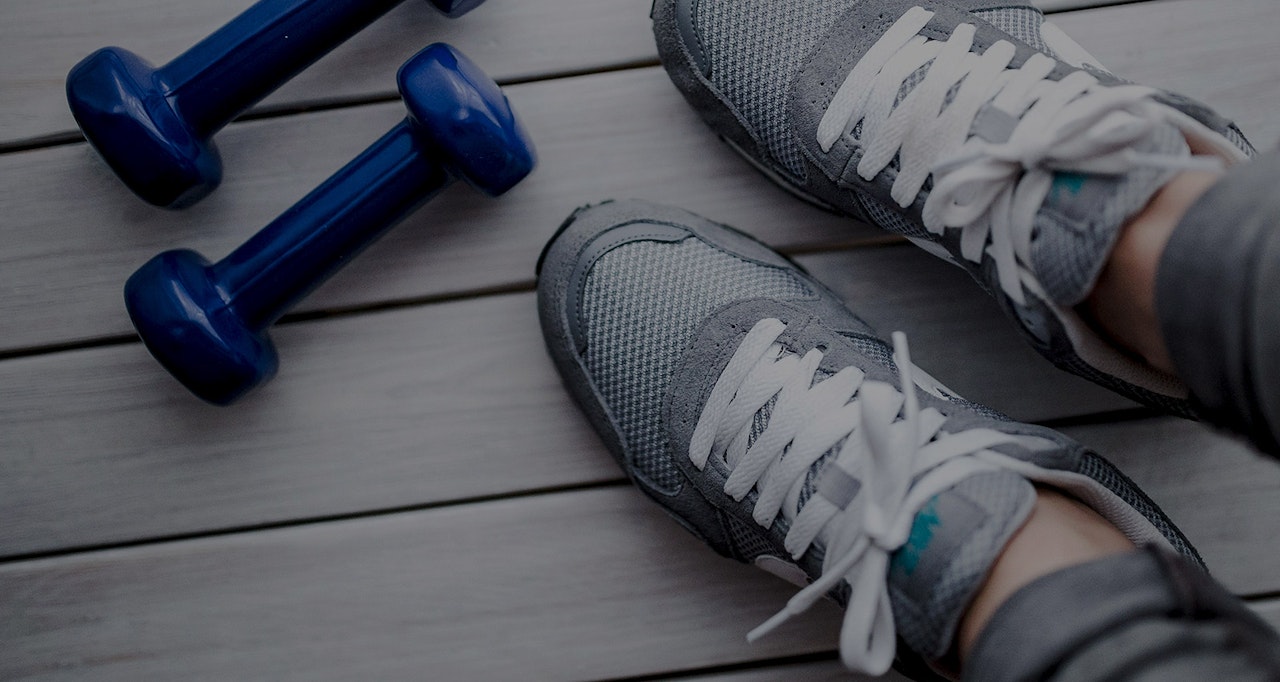
Handstands – The Ultimate bodyweight workout

One of the oldest circus skills
Handstand is one of the oldest and most fundamental circus skills. Some ancient frescos showing acrobats performing handstand on the bull’s back date as early as 1500 BC. It is at the core of hand balancing, a beautiful circus discipline which demonstrates a combination of great body strength, coordination and flexibility. It is also forms a major part of such diverse physical practices as gymnastics, yoga, crossfit and calisthenics.
In it’s most basic form a handstand requires a person to execute various positions while balancing on their hands. Many professional handbalancers are also using canes for performances, two metal rods capped by small wooden blocks. Elevated position provides audience with a better perspective to appreciate handstands. Despite the seeming simplicity, hand balancing is considered to be one of the most difficult solo disciplines in circus arts and mastering a handstand is not an easy feat. It takes a great amount of time dedication, yet every day more and more people embark on a handstand journey.


London School of Handbalance
Sainaa is the founder and the head teacher at the London School of Handbalance. He has been teaching handstands for over 20 years now, including more than 14 years at the top circus school in the UK, the National Centre of Circus Arts where he’s been preparing the next generation of the top British handbalancers. He started his own journey as an elite gymnast and after winning the national championship for two years running he decided to retire from competitive gymnastics and move on to perform with world famous circuses. Although he had a great basis as a gymnast he still had to work outside of the normal gymnastic curriculum to master some of the more advanced skills such as 1-arm handstand and figa (aka Gufus).
He’s been working with professional circus performers for a long time, but he says that recently, there’s been a great interest in learning handstands from people from all walks of life. Many of yoga teachers in London can be found in his weekly classes in St Stephens (aka as “The Church”) working on their handstands or as they call them “inversions”. In yoga practice it is said that inverted positions are able to reverse the aging process, they make you look and feel younger. There are a lot of regular people looking for a more social and fun alternative to a typical gym workout. He also has a few crossfit coaches and people who practice calisthenics amongst his students, who are looking to improve their technique.

Focus on technique to avoid injuries
Sainaa says that without proper technique and preparation process there is a high chance of getting injured with wrist and shoulder injuries being the most common. He always starts his classes with a proper warm up and includes general conditioning exercises as handstand requires significant upper body and core strength. You also need to make sure that your wrists, elbows and shoulders are ready to hold your entire bodyweight and if needed you have to conditioning them first. The main part of the class consists of a number of drills developed to specifically focus on a particular aspect of handstand, such as alignment, head position, transitions, shoulder rotation, etc. Depending on the level students might be given slightly different variations of the same exercise they can also work either individually or in pairs.

Consistency is the key
It is not uncommon to see in the class a circus school student working on advanced moves next to a beginner doing some prep work. Students are gradually progressing from simpler towards more advanced ones: 2-arm handstand in tucked, straddle and straight position, press into handstand, transitions, mexican handstand, one-arm handstand, gufus. In handstands progress doesn’t come easily and it doesn’t always happens in straight line. Here consistent practice is the key. Luckily it is a full body workout and the only thing that you really need for your training is your own body. Sainaa says that it’s best to combine work in the class with self-training then you can see a real progress.
Learn more about Sainaa’s classes at London School of Handbalance @ SupaClass